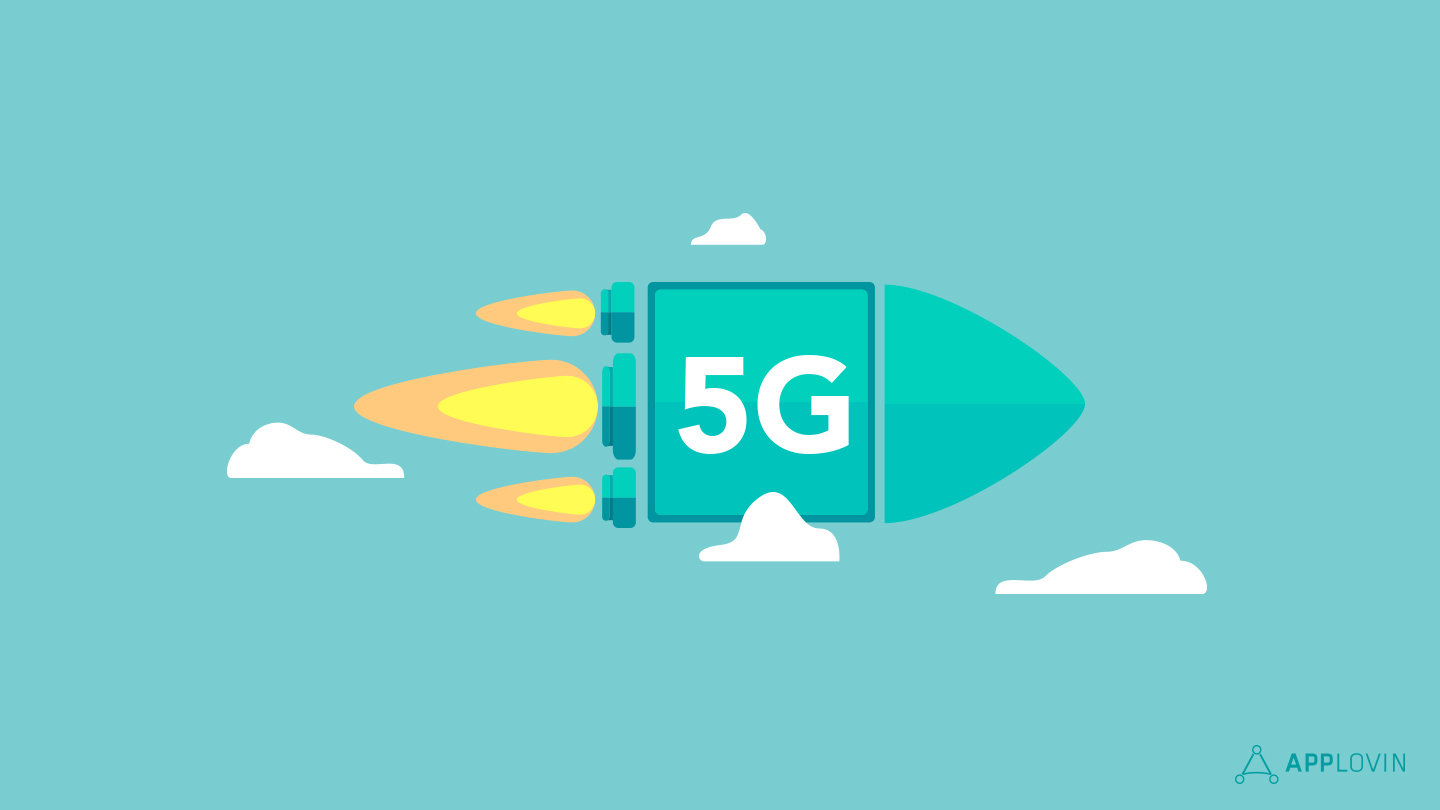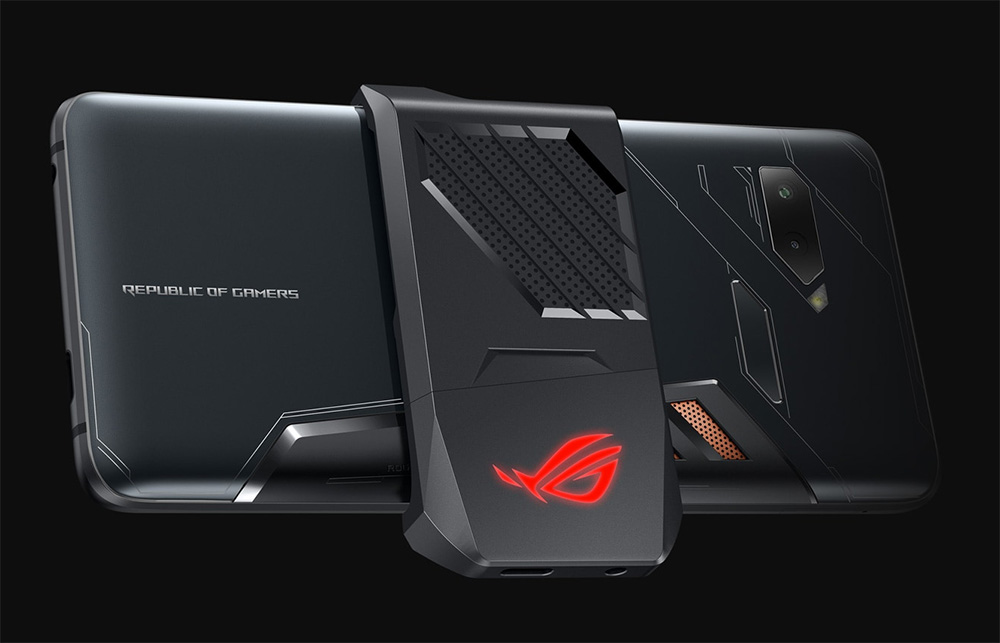Gaming
The Future of Mobile Gaming: How 5G and changes in infrastructure will impact the industry (Part 2)
Dec 5, 2018

Gaming

In Part 2 of our Future of Mobile Gaming series (part 1 can be found here), we’ll be exploring how changes in infrastructure will impact mobile gaming. The biggest change in infrastructure we’ll see in the near future is the introduction of 5G, which stands for the fifth generation of wireless networking. 5G has the potential to change consumer behavior thanks to its exponentially greater speeds and low latency. We’re talking about 10-100x speed gains over our current 4G networks and low latency means we’ll have access to mobile gaming experiences that weren’t previously possible…
In addition to 5G, we also have to consider how apps will be distributed over the next decade. Apple and Google rule today, but we’ve recently seen some weaknesses in Google’s armor. China’s app store fragmentation is still a problem for game developers and Google’s 30% cut has driven Fortnite developer Epic to distribute its game outside Google Play.
5G’s technological advancements will drive the next wave on mobile innovation, especially in mobile gaming. The exponentially faster download and upload speeds unlock the ability for mobile games to be downloaded nearly instantly. Large mobile games, those that are bigger than a hundred megabytes, can be downloaded in one go, without the annoyance of downloading additional content during the first launch, allowing players to get to content immediately. Nintendo’s mobile RPG, Dragalia Lost, is a great example of this annoyance as it requires additional content to be downloaded on the first start, as well as new levels to be downloaded as players progress.
“Exponentially faster download speeds unlocks the ability for mobile games to be downloaded nearly instantly.”
But 5G not only brings faster speeds. It also brings lower latency, which is the amount of time a request takes to get to and from a server. Today’s 4G network makes real-time multiplayer on mobile networks nearly impossible, especially on a competitive level. There’s nothing more frustrating than having your inputs ignored or delayed in a game.
For gamers who love multiplayer experiences, 5G’s ability to handle even more simultaneous connections could unleash even bigger multiplayer experiences. For example, Fortnite is currently capped at 100 players per session, but that number could grow exponentially with the help of 5G. Combine this with esports, and we can see mobile gaming support scale we’ve never seen before.
In terms of monetization, advertising will undergo a huge shift. Traditional video and playable ads we see as commonplace will need to evolve with shifting consumer expectations with 5G speeds delivering content faster than ever. Creatives will have to evolve to provide even more engaging and immersive experiences.
“Creatives will have to evolve to provide even more engaging and immersive experiences.”
Video ads will finally be served in the native resolution of our smartphone’s screen with an ultra-smooth 60 frames per second. Playable ads will be able to push the boundaries of what’s possible with more bandwidth and speed to aid delivery. Currently, playables are shackled with low-resolution graphics and must be built in 2D. When 5G is the norm, we can expect to see playable ads increase in quality with full 3D and physics engines driving experiences.

AR and VR, which have long been waiting for their moment to go mainstream, will be aided by 5G’s technical advancements. Resource heavy AR and VR experiences can be downloaded quickly and the technology can offer advertisers more ways to create immersive experiences. AR, VR, and 360-degree video could easily be used to help drive engagement and monetization in the future.
5G is coming at a time when there’s a simultaneous rise in game streaming services. Think of game streaming as Netflix for video games, allowing users access to a vast catalog of games to be streamed to any device, including your smartphone, for a monthly price. These services, combined with 5G, mean mobile gamers of the future will have access to the console and PC-quality games no matter what device they have. We’ve already seen full console ports of popular games like PUBG and Fortnite working well on mobile, and with game streaming and 5G, players can jump directly into a game without lengthy download times or a large file taking up space on their phones.
To prove that game streaming isn’t just a far-off concept, big tech companies like Nvidia, Google, Microsoft, and PlayStation are all starting to get on the gaming-as-a-service bandwagon. Nvidia’s GeForce Now allows gamers to stream their catalog of games to the company’s Shield TV set-top box, Windows, and Mac. Google recently partnered with Ubisoft to test its Project Stream service. Microsoft’s xCloud, powered by Xbox consoles, aims to stream the company’s games to a mobile phone in 2019. PlayStation Now currently offers over 650 on-demand games for $20 per month.
As 5G rolls out over the next several years, we’re seeing another shift in the mobile gaming infrastructure: the advent of gaming-focused smartphones. The Razer Phone, made by the gaming company that has a cult-like following across the world, shows the potential of mobile gaming hardware. The phone sports a buttery smooth 120Hz display, front-firing stereo speakers that get loud, the latest Qualcomm processor, and as much RAM as most laptops on the market today.
Razer isn’t the only company driving mobile gaming hardware forward. The ASUS ROG Phone pushes mobile hardware even further with its vapor-chamber cooling, programmable “AirTriggers,” and two USB-C ports to support the company’s ecosystem of gaming peripherals. Chinese OEM Xiaomi also has their Black Shark gaming phone that packs up to a whopping 10GB of RAM and attachable controllers.

On the surface, there appears to be a disconnect between two mobile gaming trends. On the one hand, the games industry is moving toward a streaming-based games-as-a-service model, negating the need for ultra-powerful hardware. On the other hand, you have the above companies making gaming specific phones. However, these two markets can coexist in the future. Like video-on-demand services, game streaming will dominate thanks to convenience, even if it doesn’t provide 100% of the quality or experience of local content (think audio/video fidelity and extras on Blu-ray). Meanwhile, there will be enthusiasts who will want to play games installed locally on their specialized gaming phones to get the absolute best experience. Gaming phones may never be mainstream, but there will be an avid following of enthusiasts driving the bleeding edge of mobile gaming, much like how PC is driving the bleeding edge of VR gaming today.
“Like video-on-demand services, game streaming will dominate thanks to convenience.”
The introduction of 5G will be a literal game-changer for the mobile games industry, opening up new opportunities for both developers and advertisers. Mobile game developers will have the ability to deliver high-quality mobile games instantly, and advertisers can get bolder with their creatives. Both will deliver higher quality content and more immersive experiences for tomorrow’s gamers.
The 5G standard was finalized in June of this year and is expected to begin rolling out in 2019 in limited markets. This shift to 5G won’t happen overnight, as it requires updated hardware on both the carrier and consumer side—smartphones will have to have modems that support 5G connectivity. Phone makers are already preparing for the 5G future, albeit slowly. LG plans on releasing a fully integrated 5G smartphone in the first half of 2019 and Motorola is releasing a modular 5G upgrade to its existing Moto Z3 smartphone. But with 5G’s full roll out to consumers likely taking years, mobile advertisers and developers would be wise to build the foundation for the next big shift in mobile gaming.